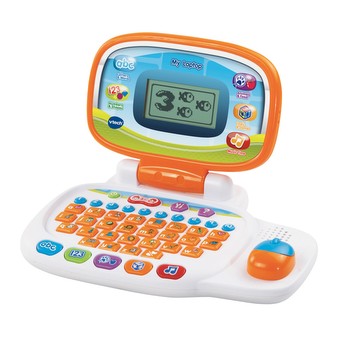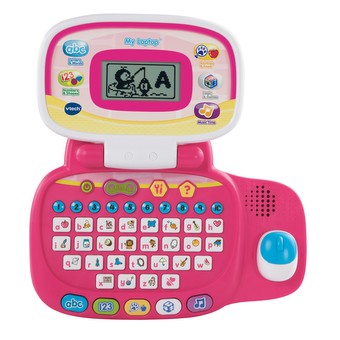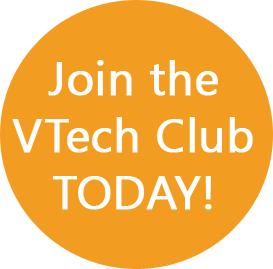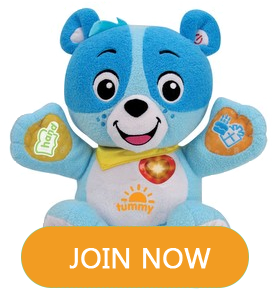Exploration of various environments & associated vocabulary.
Children are sometimes referred to as intuitive physicists, biologists and even psychologists. This means that children may naturally understand something about how the world around them works. Infants are beginning to understand about physical objects and their effects upon one another. They also learn a great deal about the world around them by repeating actions that have an effect. For instance, infants demonstrate their understanding of ‘object permanence’ when they pull away a blanket to reveal a toy that has previously been hidden from view. Young children continue to build knowledge of their world by acting on the environment around them.<br /> As children’s skills mature and develop they can learn about science related words and expand their vocabulary. Young children demonstrate their biological knowledge when they make the distinction between animate beings such as animals and inanimate objects. Children use inanimate objects such as toy animals or pictures of animals to learn more about an animal’s diet, behaviour and habitat. From an early age children can understand the difference between a living thing such as a cat and a model or toy cat. Toys can engage children in thinking about scientific inventions, details of the animal kingdom, environmental information and facts whilst also expanding their science vocabulary. Scientific knowledge can then be reinforced through fun games and quizzes.



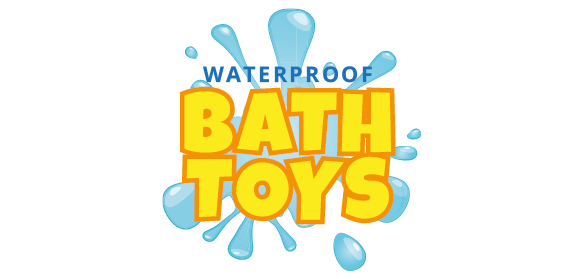
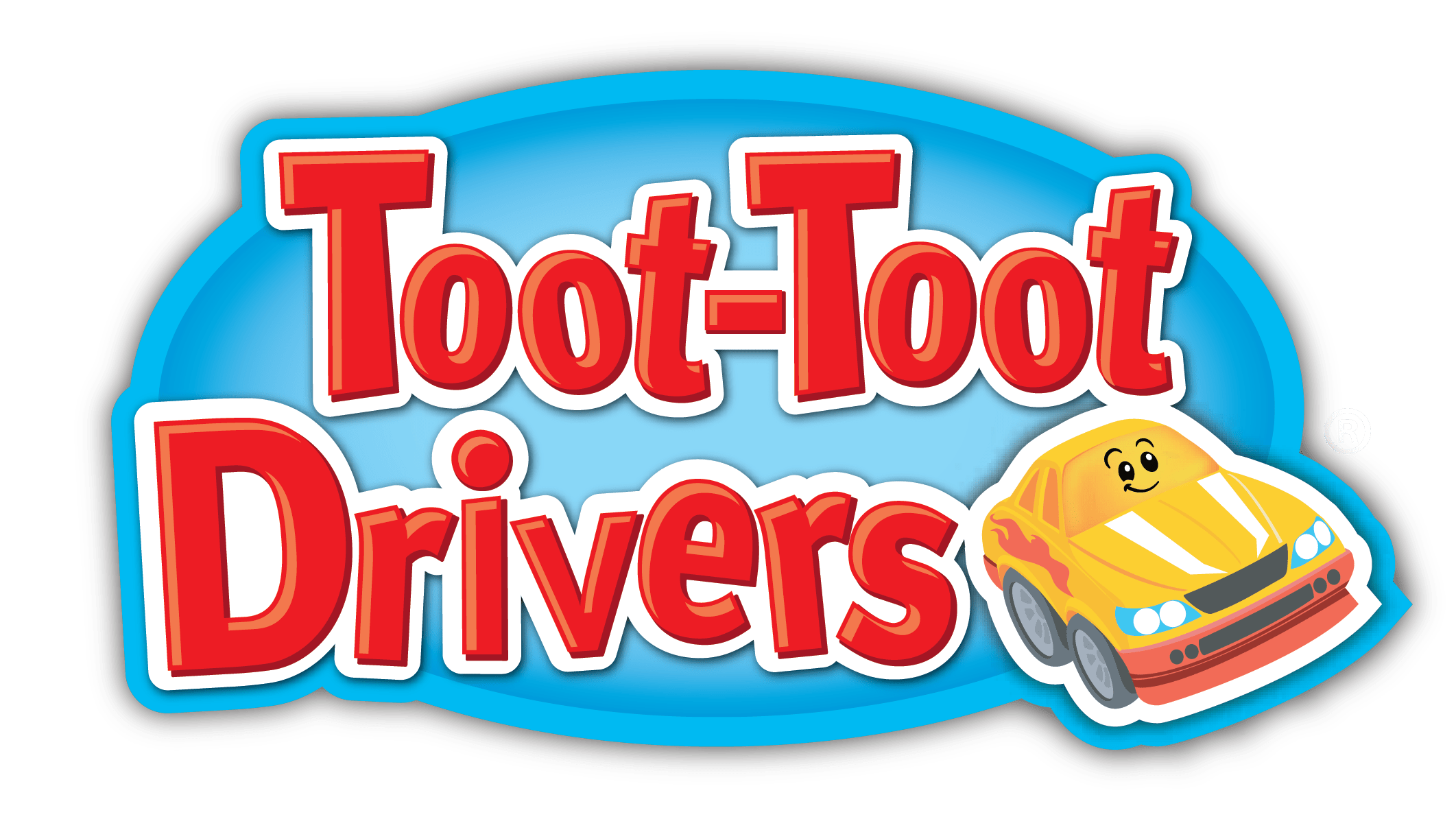
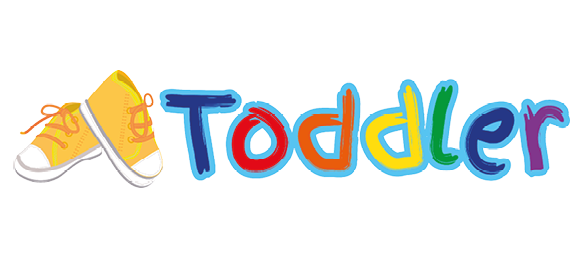


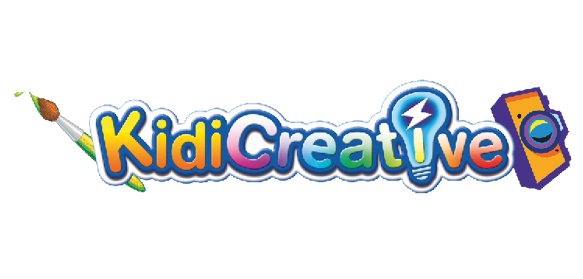

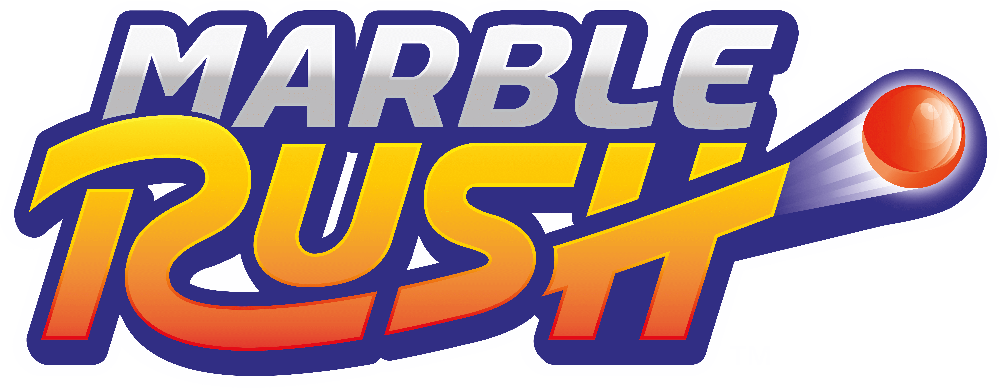
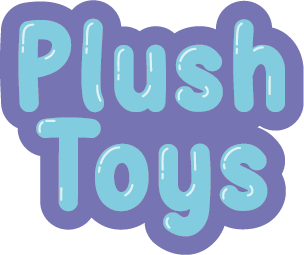
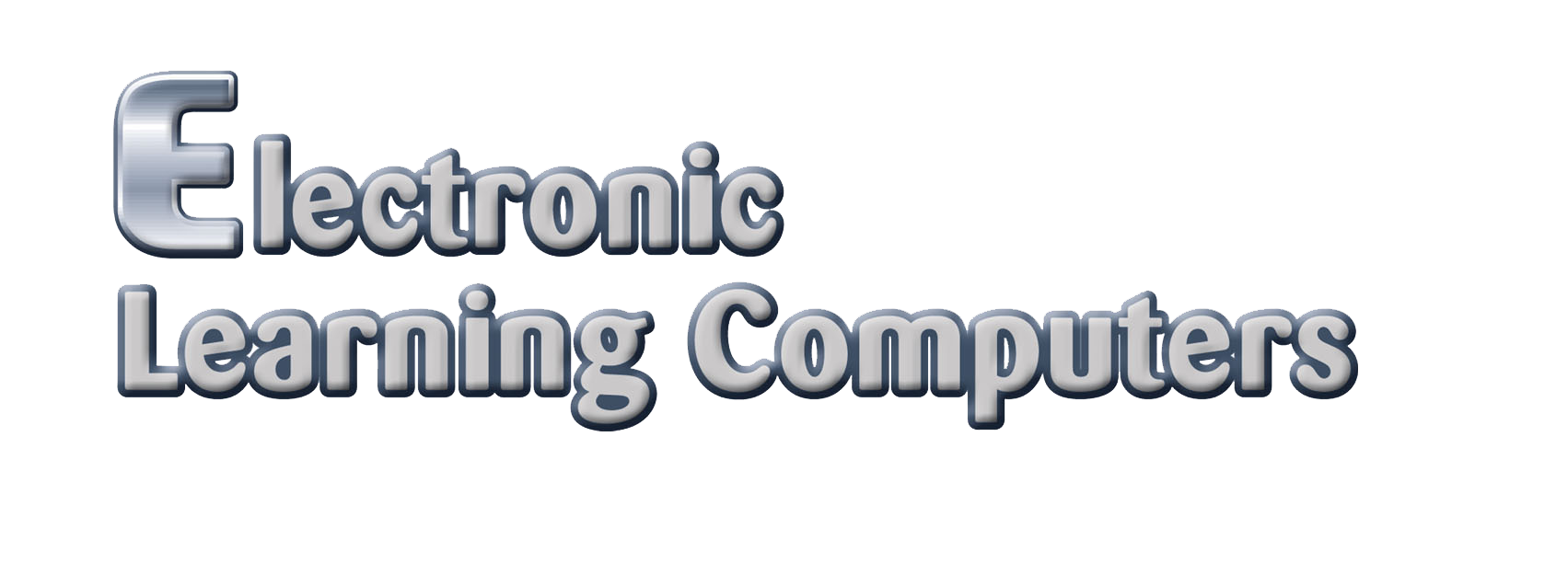
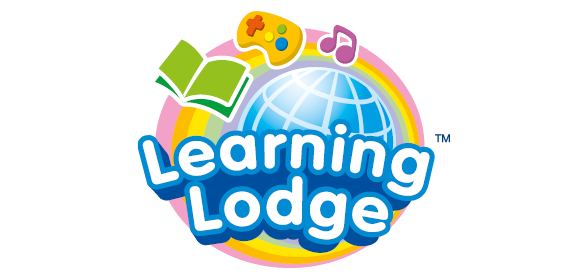 Download
Download




























